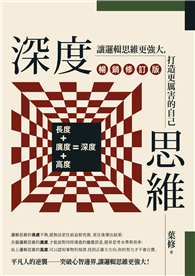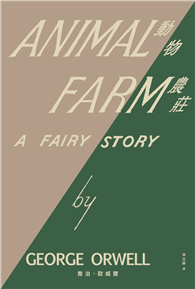Eighteenth-century fiction is full of mechanical devices and contrivances: Robinson Crusoe uses his gun and compass to master his island and its inhabitants; Tristram Shandy’s conception is interrupted by a question about a clock and he has his nose damaged at birth by a man-midwife’s forceps; Ann Radcliffe’s gothic heroines play musical instruments to soothe their troubled minds. In Novel Machines, however, Joseph Drury argues that the most important machine in any eighteenth-century novel is the narrative itself. Like other kinds of machine, a narrative is an artificial construction composed of different parts that combine to produce a sequence of causally linked actions. Like other machines, a narrative is designed to produce predictable effects and can therefore be put to certain uses. Such affinities had been apparent to critics since Aristotle, but they began to assume a particular urgency in the eighteenth century as authors sought to organize their narratives according to the new ideas about nature, art, and the human subject that emerged out of the Scientific Revolution.
Reading works by Eliza Haywood, Henry Fielding, Laurence Sterne, and Ann Radcliffe, Novel Machines tracks the consequences of the effort to transform the novel into an Enlightenment machine. On the one hand, the rationalization of the novel’s narrative machinery helped establish its legitimacy, such that by the end of the century it could be celebrated as a modern ’invention’ that provided valuable philosophical knowledge about human nature. On the other hand, conceptualizing the novel as a machine opened up a new line of attack for the period’s moralists, whose polemics against the novel were often framed in the same terms used to reflect on the uses and effects of machines in other contexts. Eighteenth-century novelists responded by adapting the novel’s narrative machinery, devising in the process some of the period’s most characteristic and influential formal innovations.
| FindBook |
有 1 項符合
Novel Machines: Technology and Narrative Form in Enlightenment Britain的圖書 |
 |
Novel Machines: Technology and Narrative Form in Enlightenment Britain 作者:Drury,Joseph 出版社:Oxford Univ Pr 出版日期:2018-01-23 語言:英文 規格:精裝 / 16.5 x 24.1 x 2.5 cm / 普通級 |
| 圖書館借閱 |
| 國家圖書館 | 全國圖書書目資訊網 | 國立公共資訊圖書館 | 電子書服務平台 | MetaCat 跨館整合查詢 |
| 臺北市立圖書館 | 新北市立圖書館 | 基隆市公共圖書館 | 桃園市立圖書館 | 新竹縣公共圖書館 |
| 苗栗縣立圖書館 | 臺中市立圖書館 | 彰化縣公共圖書館 | 南投縣文化局 | 雲林縣公共圖書館 |
| 嘉義縣圖書館 | 臺南市立圖書館 | 高雄市立圖書館 | 屏東縣公共圖書館 | 宜蘭縣公共圖書館 |
| 花蓮縣文化局 | 臺東縣文化處 |
|
|
圖書介紹 - 資料來源:博客來 評分:
圖書名稱:Novel Machines: Technology and Narrative Form in Enlightenment Britain
|
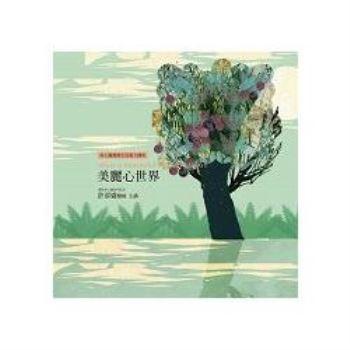
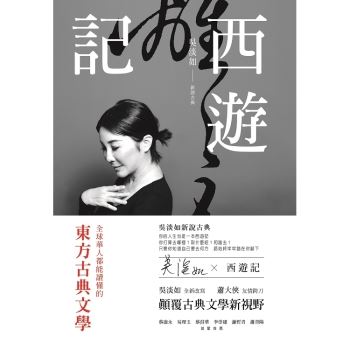
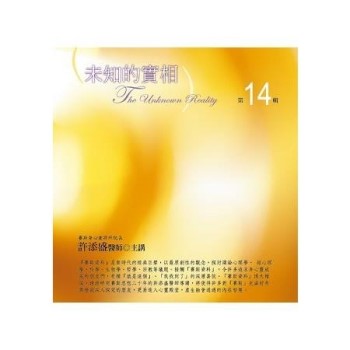


![塔木德:猶太人的致富聖經[修訂版]:1000多年來帶領猶太人快速累積財富的神祕經典 塔木德:猶太人的致富聖經[修訂版]:1000多年來帶領猶太人快速累積財富的神祕經典](https://media.taaze.tw/showLargeImage.html?sc=11100697818)


